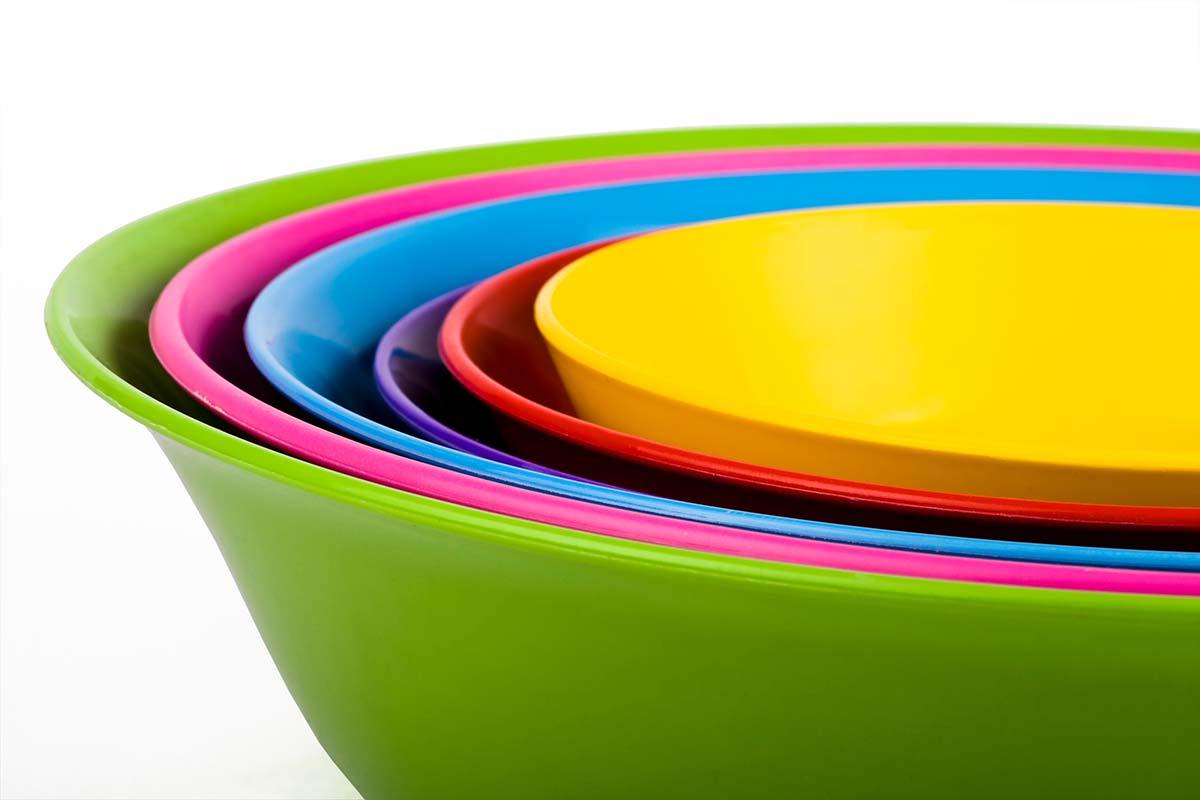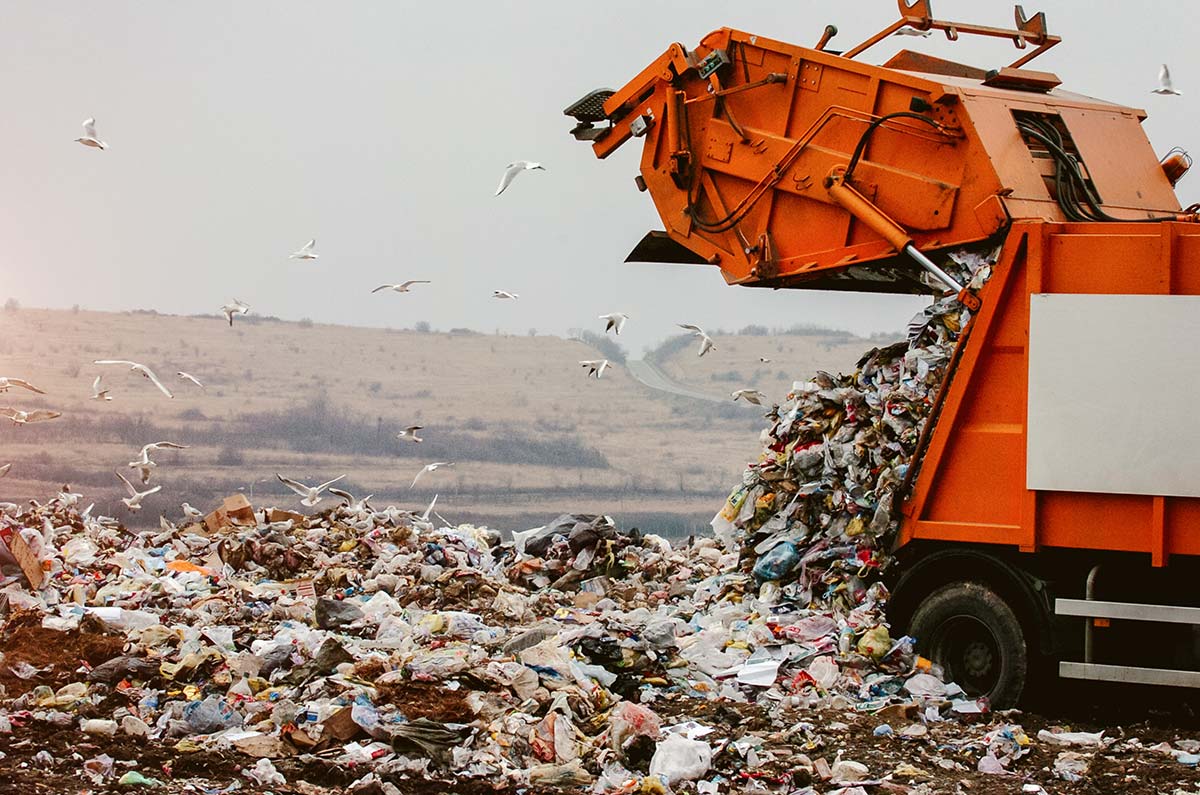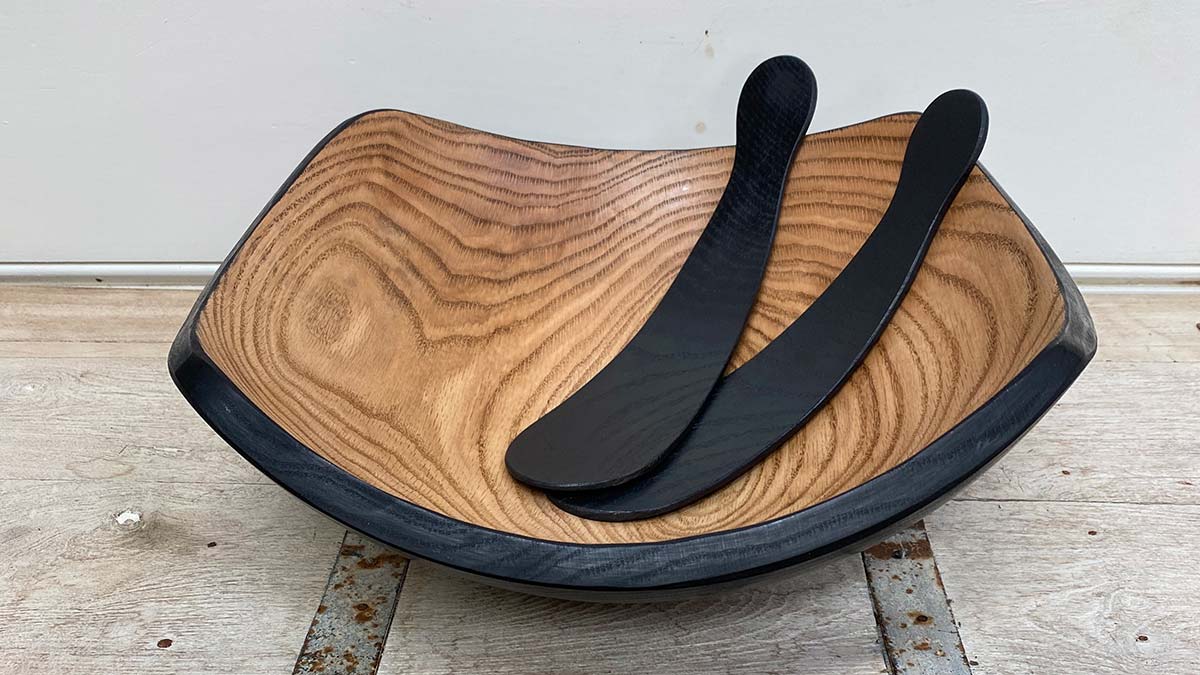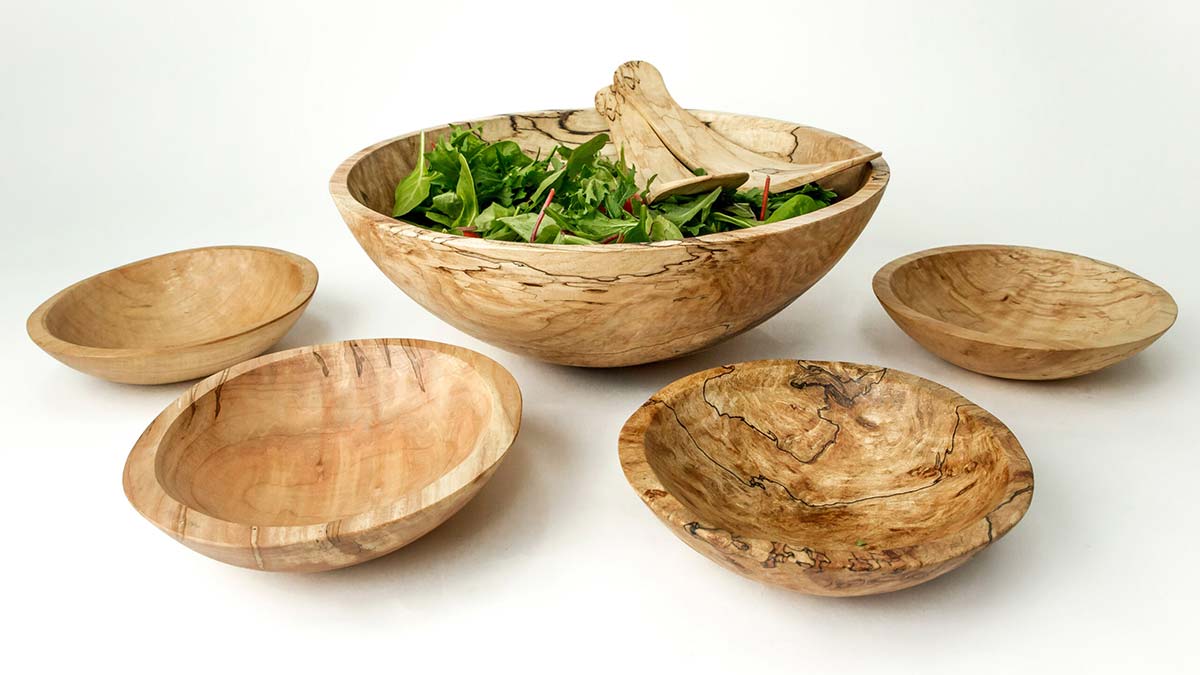Why This Question Comes Up
If you cook most nights, you already know how fussy some tools can be. Bowls shouldn’t be one of them. We’re asked a simple question all the time: should you serve in wood or plastic? The short answer: wood, for reasons that have less to do with nostalgia and more to do with how each material behaves in a real kitchen.
This isn’t a pitch. It’s a plain look at health, environment, durability, and feel—so you can decide once and keep cooking.

Health and Everyday Safety
Bacteria behave differently on wood than on plastic. In classic food‑safety research, bacteria placed on plastic boards were easy to recover hours later, while wood trapped and dried them out, making recovery difficult under the same conditions (University of California studies led by Dean Cliver; see the PubMed summary). That lab work focused on cutting boards, but the point stands: scratched plastic can shelter residue; smooth finished hardwood does not behave the same way.
Kitchen habits matter more than any single material. Wash by hand with warm water and a tiny bit of soap. Rinse. Towel dry. If the surface ever feels dry, add a thin coat of food‑safe mineral oil or a beeswax‑mineral oil blend. That’s it.
What about microplastics and chemical migration? As plastic wears, it can shed particles. Global health agencies continue to study the risks. If your goal is to reduce plastic contact with hot, acidic, or oily foods, wood makes that easy. Finished hardwoods don’t leach or flake under normal use, and you control the finish that touches your food.
Helpful reads:
- World Health Organization overview on microplastics and exposure in drinking water.
- FSIS (USDA) basics on cleaning and separating boards to prevent cross‑contamination. The same common‑sense rules apply to serving pieces.

Environmental Impact You Can See
Plastic is made from petroleum and tends to outlive its usefulness. In the U.S., millions of tons of plastic head to landfills each year; federal data show plastics make up a significant share of what we bury or burn. Recycling helps only a slice of it. That’s the backdrop for any plastic item you bring into the kitchen.
Wood has a different arc. It’s renewable and biodegradable. It can be sourced from fallen or responsibly harvested trees. Many of our bowls begin as storm‑downed maple or cherry, wood that would otherwise rot in place. Turning that wood into a serving piece keeps it in use for decades and returns it to the soil cleanly when it’s finally worn out.

Durability, Repair, and Cost Over Time
A bowl should take a hit and keep working. Wood does. It shrugs off everyday bumps, and when a scuff shows up, you can fix it in minutes.
A quick reset:
- Wipe the bowl clean.
- Lightly sand the mark with fine paper (320–400 grit).
- Wipe away dust and apply a few drops of wood conditioner.
- Let it sit a few minutes, then buff dry with a cotton towel.
That’s a true repair. No landfill run required. Plastic bowls don’t offer the same path. Once they crack or craze, they’re done.
Longevity is the quiet value here. A wooden serving bowl often outlasts several plastic ones. The finish deepens with use, not because it’s fragile, but because oil and handling bring out the grain. If you enjoy tools that improve with age, wood belongs on your table.

Heat, Acids, and the Way Food Tastes
You can put a warm side or a crisp salad in a wooden bowl without drama. The surface stays neutral and steady. Wood doesn’t clang or chill food the way thin plastic can. It’s also quiet—no squeak from a spoon against the rim.
Acidic dressings are fine on finished hardwood. Dress the salad in a separate mixing bowl if you like, then serve. If you notice the surface looking matte afterward, a few drops of oil bring back the luster. For hot soups or oven service, use ceramic, cast iron, or enamel; wood is for serving, not baking.
Texture, Weight, and the Human Part
Pick up a wooden bowl and you feel the difference. There’s a bit of weight. The rim has a soft edge. The grain isn’t printed; it’s the tree’s history running through the piece. That tactile feedback is part of the appeal. It encourages care without being precious.
Plastic aims for sameness. It succeeds at being light and uniform. If that’s what you need for a picnic, it does the job. For a table you live with every day, wood adds something your hand and eye notice—quietly.
Care That Takes Less Than a Minute
- After use: Rinse, a drop of mild soap, rinse again, towel dry.
- Avoid: Soaking, dishwashers, and long sits in the sink.
- Monthly or as needed: A thin coat of conditioner. Rub in, wipe off.
That’s the whole routine. If you forget and the surface looks thirsty, it will tell you. Oil brings it back.
Making the Choice at Home
If you want fewer plastics around food, choose wood for serving and salads. Keep a plastic mixing bowl for outside or messy tasks if you like, but let your daily tableware be the pieces you plan to keep. The cost difference closes quickly when you don’t replace them every few years.
When you shop, look for hardwoods—maple, cherry, walnut, oak—and a food‑safe finish. If forest stewardship matters to you, ask about FSC‑certified sources. If origin matters, ask where the wood grew and where the bowl was made. Tools should come with straight answers.

